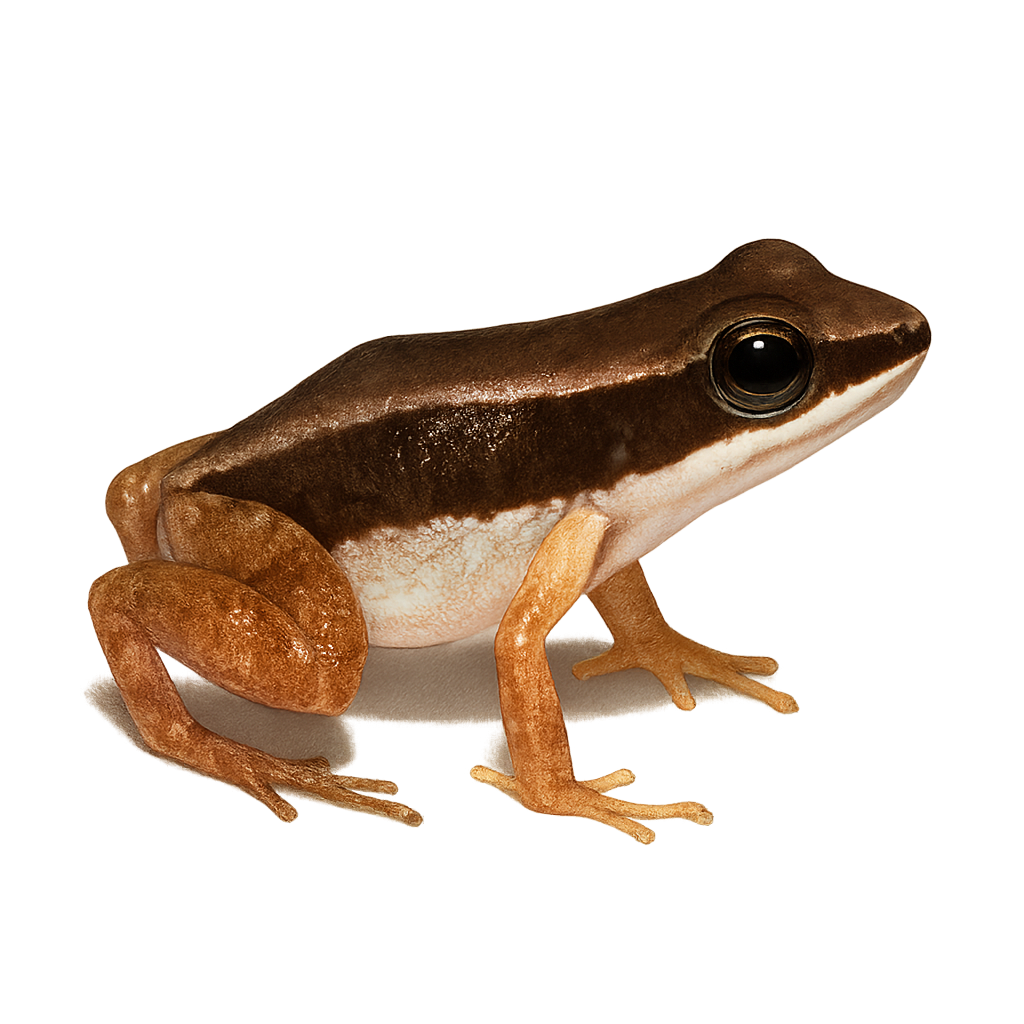Your wildlife photography guide.
Explore the pratt's rocket frog in detail, study its behavior, prepare your shots.
Where to observe and photograph the pratt's rocket frog in the wild
Learn where and when to spot the pratt's rocket frog in the wild, how to identify the species based on distinctive features, and what natural environments it inhabits. The WildlifePhotographer app offers tailored photography tips that reflect the pratt's rocket frog’s behavior, helping you capture better wildlife images. Explore the full species profile for key information including description, habitat, active periods, and approach techniques.
Pratt's Rocket Frog
Scientific name: Colostethus pratti

IUCN Status: Least Concern
Family: DENDROBATIDAE
Group: Amphibians
Sensitivity to human approach: Suspicious
Minimum approach distance: 2 m
Reproduction period: March to April
Incubation: 10–14 jours
Births: April to May
Habitat:
Tropical rainforests, riparian zones, undergrowth
Activity period :
Primarily active during the day, with peak activity in the morning and late afternoon.
Identification and description:
The Pratt's Rocket Frog, scientifically known as Colostethus pratti, is a fascinating species from the Dendrobatidae family. It is primarily found in the humid tropical forests of Central and South America, particularly in Colombia and Panama. This small frog is usually brownish with lighter patterns on its back, allowing it to blend effectively into its natural surroundings. It is known for its high-pitched, repetitive calls, often heard during the rainy season. Although discreet, it plays a crucial role in the ecosystem as an insect predator. Its conservation is essential, as it is sensitive to environmental changes and deforestation.
Recommended lens:
Macro – adjust based on distance, desired framing (portrait or habitat), and approach conditions.
Photography tips:
To photograph the Pratt's Rocket Frog, it is advisable to use a macro lens to capture the details of its skin and distinctive patterns. Approach slowly to avoid startling it, as it is suspicious. Natural morning or afternoon light is ideal to highlight its colors. Be patient and wait for it to settle on a leaf or branch to get a good angle. Use a tripod to stabilize your camera and avoid motion blur.
The WildlifePhotographer App is coming soon!
Be the first to explore the best nature spots, track rutting seasons, log your observations, and observe more wildlife.
Already 1 431 wildlife lovers subscribed worldwide

